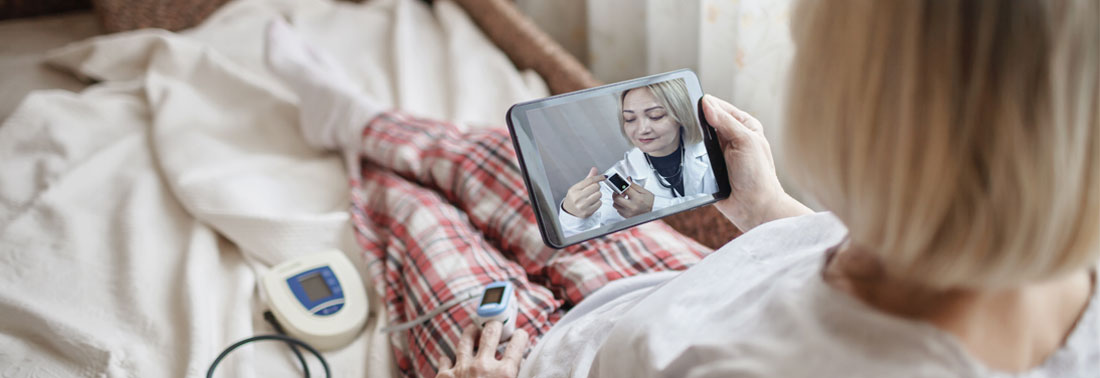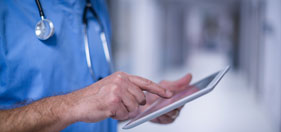How MDM makes remote patient monitoring possible
okt 06, 2021 | 42Gears Team
Remote patient monitoring (RPM) is the key to collecting important data with maximum customer satisfaction. Still, there's likely a question on your mind: what is remote patient monitoring, and why does it matter? These are great questions, and ones that have relatively straightforward answers.
Taking the lead on modern RPM is a great way to stand out in your organization and your field. Everyone benefits when you do a good job of implementing RPM technology, including IT admins, doctors, and patients. Let's take a look at why this strong claim is, in fact, a reasonable one.
What is Remote Patient Monitoring?
For the uninitiated, remote patient monitoring is the act of monitoring patient health from a distance. With RPM, medical staff can obtain a maximum amount of information with minimal effort, and no in-person visits needed. Doctors get enough data to make informed decisions and patients are minimally inconvenienced.
RPM comes in many forms and scales. For example, it can focus on a single aspect of patient health, such as Medtronic's MyCareLink Smart Patient Monitor. Alternately, RPM can encompass the majority of a patient's needs. For example, the Amwell Carepoint Kiosks can remotely monitor a user's full set of vitals.
Modern RPM can be a godsend for rural patients who otherwise wouldn't have access to high-quality medical care. It is also a major boon for the "worried well" - people who are in good health, and would like to keep it that way. Because RPM can automatically detect warning signs like heart arrhythmias, the "worried well" can track their health without the need for medical staff to devote their time to them.
In any case, all RPM technology has one thing in common. Namely, patients can't afford to have it break down. If users can't get vital signs when they want them, then medical staff won't be able to guide them properly.
This means healthcare institutions need a way to prevent breakdowns from happening - and the answer is MDM (mobile device management) technology. Despite the name, MDM technology can manage much more than mobile devices (see here for a better explanation of how this name came to be).
How Does MDM Make RPM Possible?
Traditionally, admins used MDM technology for mobile phones and computers within a hospital or other organization. In recent years, things have changed, as admins have grown more aware of what MDM technology can do, and how it applies to RPM.
The challenge is that remote patient monitoring relies primarily on sensors and other Internet of Things (IoT) devices. While some IoT devices have Internet connectivity and interface with common operating others, others are "not-so-smart" devices. These normally don't include a traditional OS, or even an Internet connection, which makes it hard to manage them using MDM software.
This has changed in recent years, as 42Gears now offers support for "not-so-smart" IoT devices thanks to its Things Management Technology, or TMT. Using TMT, IT admins can connect IoT sensors to a central MDM platform using a piece of software known as a Things Connector.
Critically, anyone can create their own Things Connectors. This can allow any sufficiently-motivated technology firm to make its medical sensors manageable via MDM, whether those sensors are "smart" or "not-so-smart." Then, with just a quick glance at the central console, admins can make sure RPM devices are working as intended.
Conclusion: Make Patient Care Better Than Ever Before
If you are interested in implementing remote patient monitoring, or need a way to manage RPM devices better, you will find what you need with SureMDM. You can learn more by watching an on-demand 42Gears webinar about RPM and device management, or get started with a free trial today.
Maximize patient equipment uptime
with Things Management Technology
Subscribe for our free newsletter


